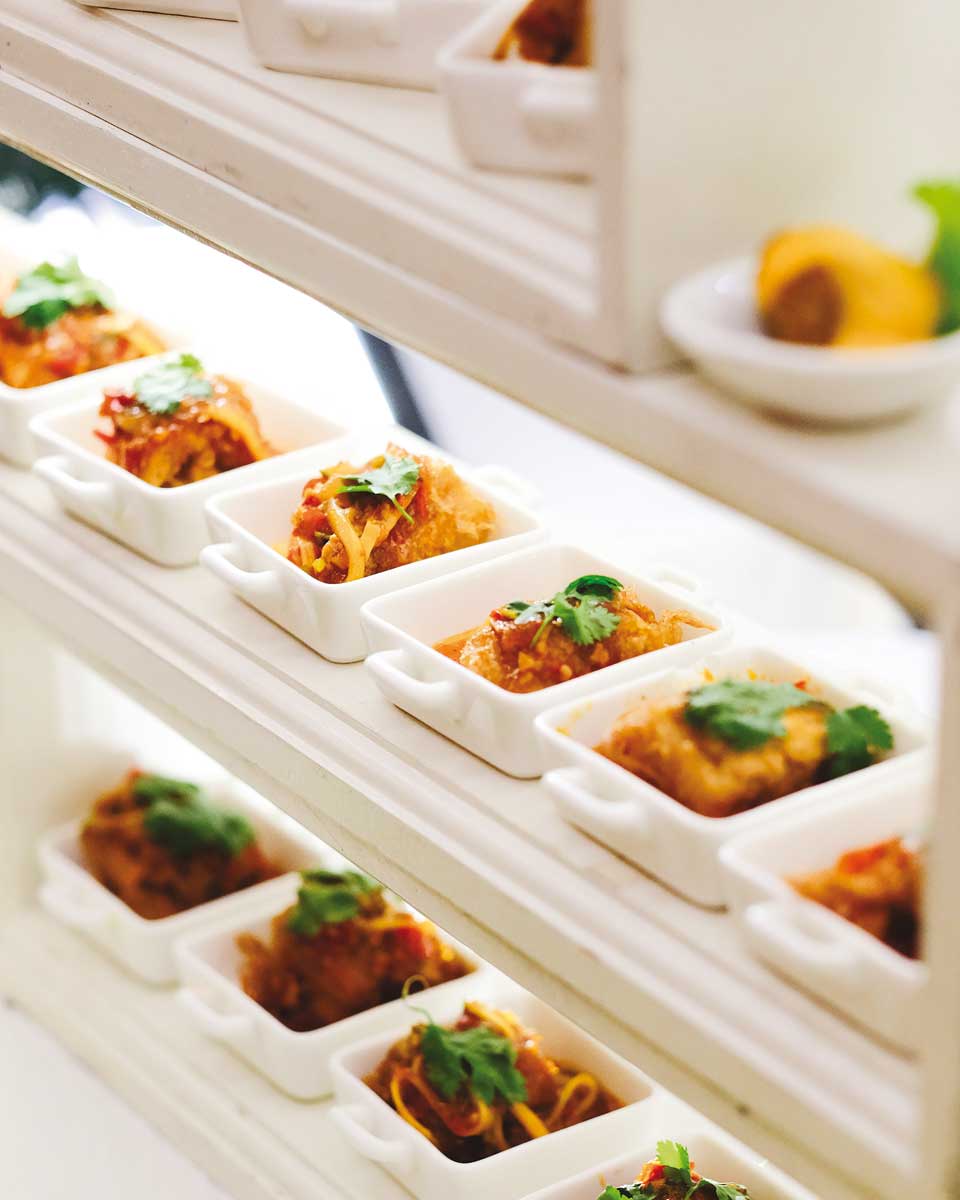Appeared less than twenty years ago, pei organic farming faces a private local market that is still limited and a public market that is still not very open. It not remain that, supported by public authorities, the sector is becoming structured and has the wind in its sails, especially among young farmers. In Reunion as elsewhere, organic opens the way to the agriculture of the future.
The latest inventory of organic agriculture in Reunion dates from before the current increase in production costs. Produced by the Department of Agriculture, food and forestry in Reunion (DEAF), it gave rise to a publication by Agreste Réunion in October 2019. " Currently, almost one in two agricultural installation projects has an organic component”, underlines, in his introduction, the author of the study, François Létoublon, head of the Statistical and Economic Information Service (OPERATE). If most of the way remains to be done for organic agriculture in Reunion, the one covered deserves to be noted, as this study shows. The year 2005 is considered to be the year of birth of organic farming with the creation of the Organic Farmers Group of Reunion Island. (GAB-974). Thirteen years later, fin 2018, 1,272 hectares were cultivated organically, i.e. 3% of the agricultural area of Reunion. In 2021, the Chamber of Agriculture counted 382 organic farming operations (out of a total of 6,900 farms).In mainland France, it was in the 1960s that the first organic productions were launched, and, according to a report from the Court of Auditors, 10,3% of agricultural areas are currently cultivated organically.
A sector that is getting into working order
The local organic sector has begun to structure itself with the birth of around twenty AMAPéi, created to bring together producers and consumers on the AMAP model (associations for the maintenance of peasant agriculture) in a city. An initiative of the association for the promotion of organic agriculture (OPENS) supported by the Department which organizes, otherwise, organic markets. Other findings : all fruit and vegetable producer organizations now have an organic offer. Uprobio, first cooperative of organic producers born in 2019, has around thirty members. Le GAB-974, his, has around forty members. All the research and development infrastructures of Reunion Island (technical institutes, research centers, chamber of agriculture) work on the agronomic and economic issues of local organic farming. The sugar cane sector itself is currently carrying out experiments with organic cane. The two main national certification bodies, Certipaq and Ecocert, are present in Reunion.
Organic little used in collective catering













